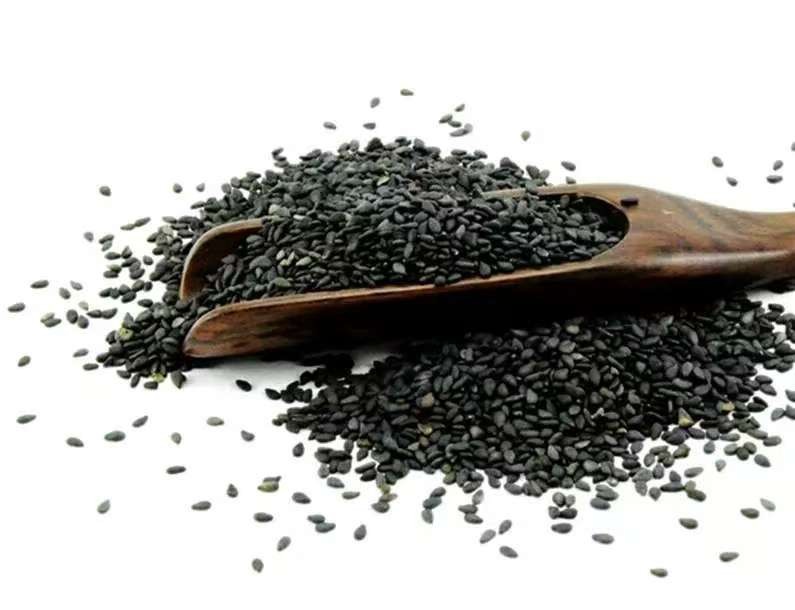Datetime: 2025-07-08 06:47:15 Visit: 6916
Sesame oil market dynamics in May and June: Demand is stable and rising, and prices and trade patterns have changed
Recently, the global sesame oil market has shown a series of eye-catching dynamics in May and June, with demand continuing to grow steadily and prices and trade patterns changing significantly.
From the demand side, with the global popularity of the concept of healthy eating, sesame oil has steadily increased in demand in the fields of food, medicine and cosmetics due to its rich nutrients, such as unsaturated fatty acids, sesamin and other antioxidants. In the food industry, sesame oil, as a high-quality cooking and seasoning oil, is widely used in various dishes, sauces and baked goods. Especially in the Asian market, due to the dependence of traditional food culture on sesame oil, demand has remained strong. Data show that in May and June, sesame oil consumption in major Asian consumer countries such as China, India and Japan increased by 5%, 4% and 3% year-on-year respectively. In the field of medicine and cosmetics, sesame oil is increasingly used in pharmaceutical preparations and skin care product formulations due to its good biocompatibility and moisturizing properties, which has driven its demand growth in these areas.

In terms of price, the overall international sesame price showed a downward trend in May. According to market monitoring, in mid-May, the price of Nigerian sesame fell by 3% compared with the same period last month, and the price of Togolese sesame also fell by about 2%. This is mainly because West African sesame such as Chad and Togo are still arriving in May, Tanzanite and Mozanite will be listed in large quantities in June, and will also arrive in large quantities in August and September. In addition, Brazilian sesame is large in quantity and low in price, and the market supply is sufficient, while downstream consumption is sluggish. Processing plants are pressing prices when taking goods, and port traders are positive about shipping. In addition, the foreign market quotations continue to decline, which puts pressure on prices. However, in late June, the foreign market quotations rose by 10-20 US dollars, which brought certain positive signals to the market. On June 23, the spot price at the port showed that Pakistani sesame was 9500-9800 yuan/ton, and Nigerian ordinary sesame was 9800 yuan/ton. There are certain differences in prices from different origins. Domestically, the price of domestic white sesame oil is about 6.7 yuan/jin, and the price of commercial seeds is about 7.2 yuan/jin, and the price is relatively stable.
On the trade level, on May 15, Ireland notified that my country's exported mixed sesame oil was unqualified due to excessive industrial pollutants. This sounded the alarm for the quality of my country's sesame oil exports. Relevant companies need to strengthen quality control to meet the standards of importing countries and avoid export risks. In terms of imports, China, as a major importer of sesame, had interesting phenomena in the import market in May and June. On May 13, South Korea's sesame bidding price was 1422-1465 US dollars/ton, while China's purchase price of the same quality sesame during the same period was as high as 1550-1650 US dollars/ton, and the actual delivery quality was worse than that of South Korea's bidding. In terms of trade terms, South Korea inspects the goods first and then pays, and the purchaser collects a 20% deposit, while China pays first and then inspects the goods, and the purchaser pays a 10% deposit. This gap deserves in-depth thinking by the industry and exploration of ways to improve trade conditions.

With the recovery of the global economy and consumers' continued pursuit of healthy products, the sesame oil market is expected to continue to grow. However, the industry also needs to pay close attention to factors such as the stability of raw material supply, price fluctuations, and changes in international trade policies, and enhance competitiveness and achieve sustainable development by improving product quality, optimizing trade strategies, and expanding market channels.
